Chronology. |
||
|
02-01-1887 |
Documents created by Joan Casas and Enric Heriz, giving shape to the San Feliu de Guíxols railway project. |
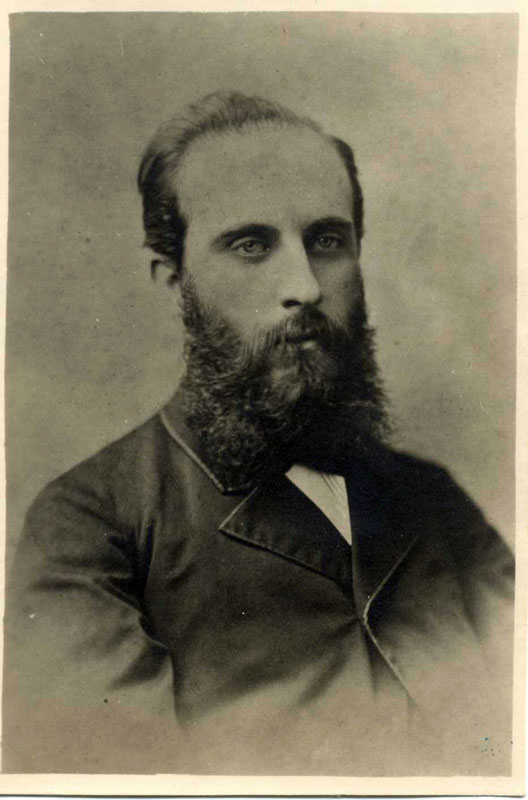
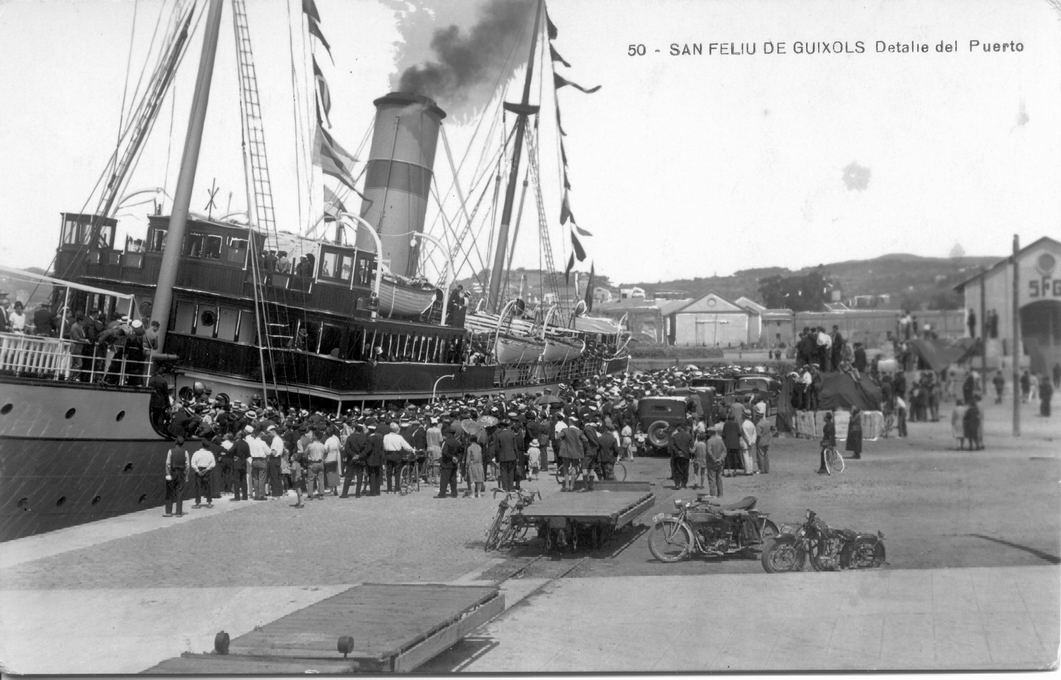

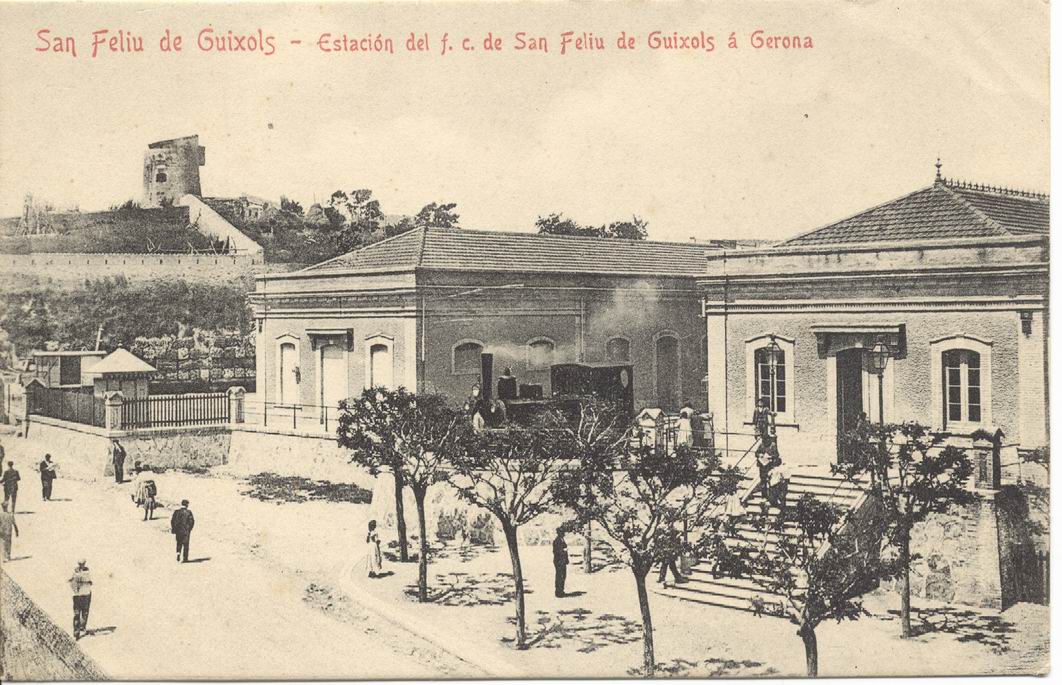
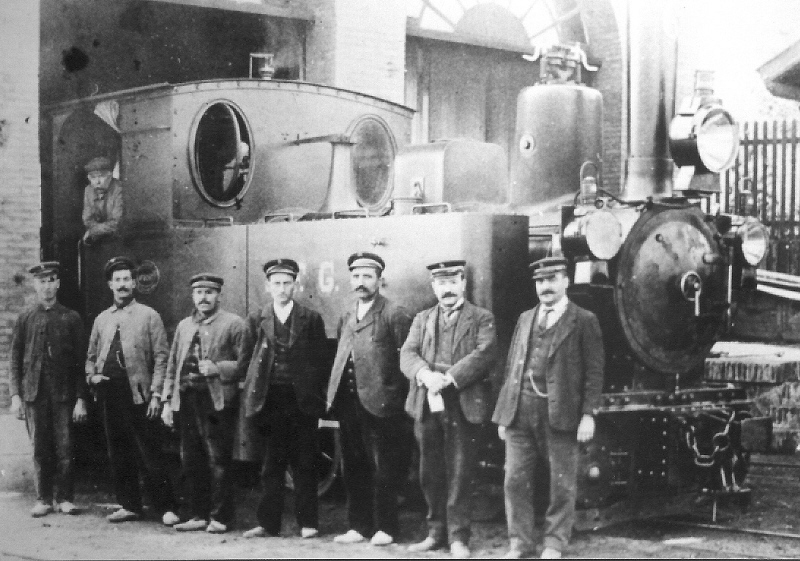

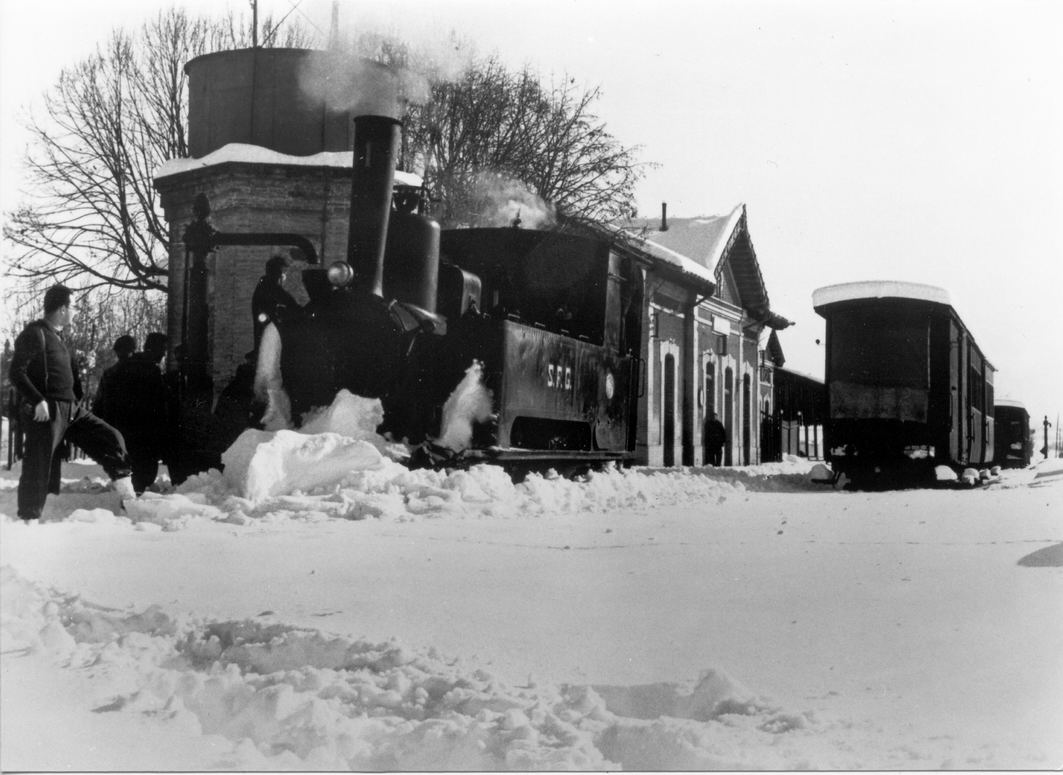
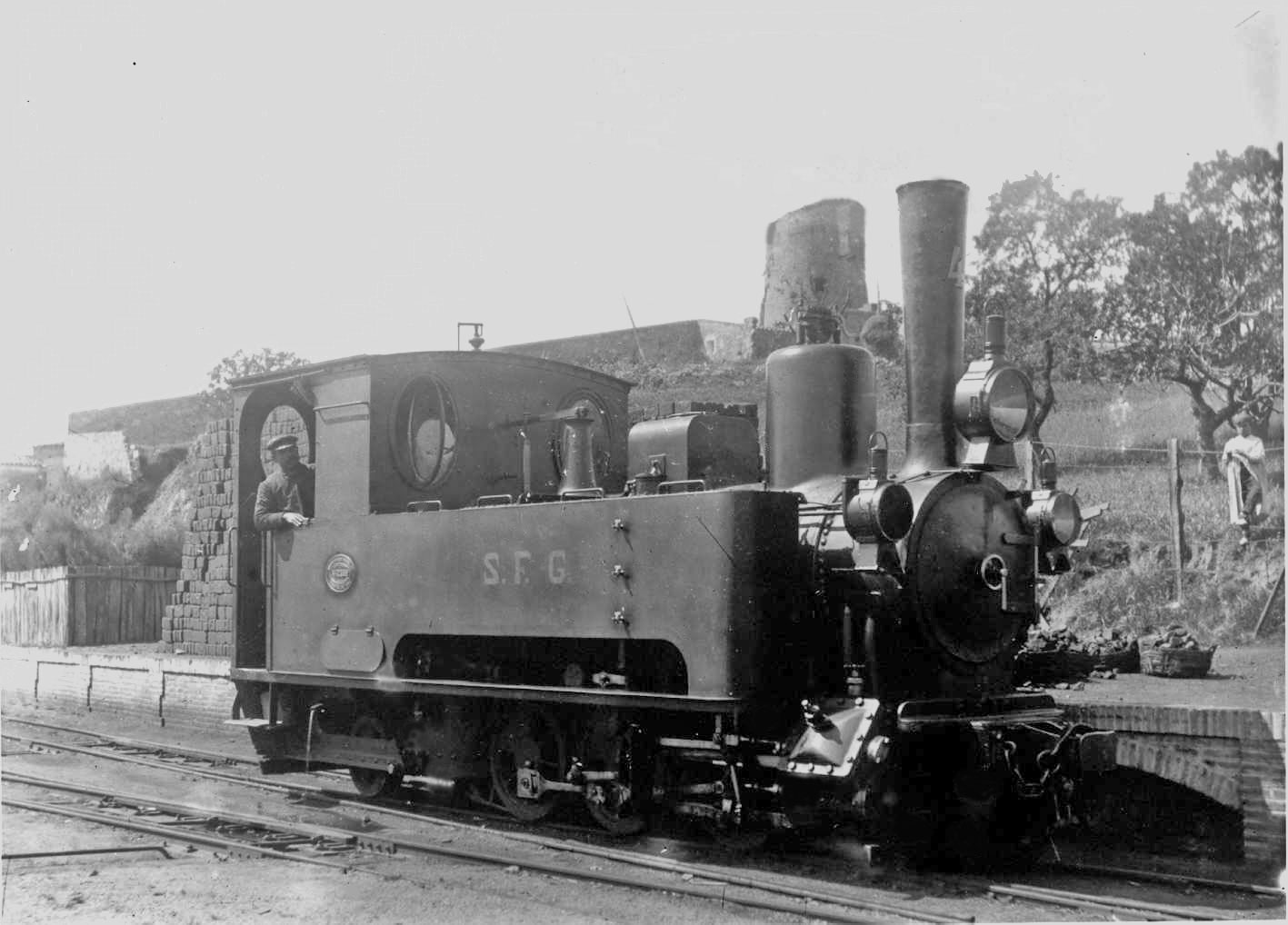
|
|
09-01-1889 |
The project comes to an end in the hands of Carles Cardenal, MZA's engineer. |
|
|
15-04-1889 |
The anonymous Sand Feliu de Guixols company is oficially founded with a total of 1.536.100 pesetas divided in 15361 shares. | |
|
1889 |
The construction of two sections has begun with the Llagostera as a central point. |
|
|
1890 |
Mobile materials are ordered. |
|
|
01-1891 |
Railroads are being deployed by M. Jean Mettewi, who previously set them up for the Baix Emporda Tranvia 3 years earlier. |
|
|
02-1891 |
The first locomotives arrive just before the mobile materials from Germany. |
|
|
06-08-1891 |
The first test run is done at 30 km per hour. |
|
|
01-1892 |
All of the mobile material is now gathered. |
|
|
24-06-1892 |
An authorisation is signed on Madrid which would allow Joan Casas to circulate, and so he set up a special ride that would stop in every single station. |
|
|
29-06-1892 |
The church proceeds to give its blessing to the railroad. |
|
|
30-06-1892 |
The very first open train begins its run at 5:01AM. |
|
|
1895 |
Inauguration of the Olot railway that ran between Amer and Salt. It was thought that they would have a shared station in Gerona. |
|
|
1898 |
Cuban War. There is a recession that causes the railway's performance to decline. |
|
|
1903 |
Profit and loss equalisation. |
|
|
1904 |
Construction of the port os Sant Feliu de Guíxols. A locomotive, 2 boxcars an 15 wagons are ordered. The locomotive depot at Sant Feliu is built. |
|
|
16-11-1908 30-12-1908 |
The rains that cause damage to the entire line, especially to bridges due to the flooding of streams and torrents. |
|
|
5/6-11-1912 |
Strike of employees in solidarity with the strike in the company M.Z.A. |
|
|
19-12-1913 |
The bridge over the Ridaura river, which was affected by the rains of 1908, ins replaced. |
|
|
1914 |
Heavy snowfalls caused a decrease in passenger traffic. World War I begins and foreign markets are closed. A siding was built for the flour mill at La Creueta station. |
|
|
1915 |
Traffic increases due to transfers between the Port and Gerona M.Z.A. station. |
|
|
1918 |
13 new platforms wagons are purchased. |
|
|
14-08-1918 |
The branch line from Sant Feliu de Guíxols station to the port is authorised. |
|
|
1924 |
The branch line from Sant Feliu de Guíxols station to the port is inaugurated. The linguistic repression is ended by resolution of the Directorate General of Public Works in which it issues a resolution not to change the names of the stations, and that they should not be translated int Spanish untul the names of the towns they serve are changed. |
|
|
20s |
Two large locomotives (11 and 12) and 17 large wagons are received. |
|
|
1927 |
Record freight traffic of 52.114 mt. |
|
|
30s |
The decline of the railways began with the worls crisis, which led to a decrease in freight traffic. |
|
|
18-07-1936 |
The Spanish Civil War begins, the service is paralysed for a few days. |
|
|
23-07-1936 |
Seizure of the railways, under the control of the Regional Railway Committee. |
|
|
During the retreat of the Republicans troops, the bridge over the Verneda River is blown up. |
||
|
1939 |
After the war, the line, divided into two sections, resumed service, reduced to one train per side and transfer on foot. |
|
|
1940 |
Once the new bridge over de river was completed, passenger and freighttraffic began to increase. |
|
| 1942 |
50th anniversary |
|
|
1943 |
Payment problems due to financial causes are solved. It is regulated by a Court in La Bisbal. |
|
|
1944 |
Saturation point due to a progressive increase in traffic. |
|
|
1946 |
The maximum number of passenger carried that year (508.306). An attempt is made to convert the line to metric track and join it with the Olot-Gerona railway. Locomotive no. 20 from the Baix Emporda Tramway is incorporated. |
|
|
1947 |
A grant is requested from the State. |
|
|
21-04-1949 |
The State enacts a law to support narrow-gauge railways. A modernisation plan is undertaken in which a shared station is stablished with the Olot l Estado promulga una ley de ayuda a los ferrocarriles de vía estrecha. Se acomete un plan de modernización en la que se establece una estación compartida con el Olot-Gerona. |
|
|
1950 |
Decline in rail traffic due to the increasing growth of foad traffic. Project to abandon the operation. |
|
|
1951 |
New grant covering part of the debts |
|
|
1953 |
Locomotives 11 and 12 (the largest) are leased to a factory in Mieres |
|
|
1956 |
The Palamós-Girona-Banyoles or Baix Empordà Tramway is closed |
|
|
1957 |
The two locomotives leased from the Mieres factory are sold |
|
|
1959 |
Unified operation with the Olot-Gerona railway. There are 3 director from each company and one from de State railways. |
|
|
15-10-63 |
Operation of all loss-making railways by the State railways (E.F.E. - later F.E.V.E.) |
|
| middle of 60s |
The State railways brings two locomotives from the Onda-el Grao de Castellón railway (5 and 7) identical to the 1-4 but with Compound system and passenger cars. They were manufactured on the same dates. |
|
|
1966 |
Train feasibility study by Sofrerail |
|
|
10-04-69 |
Closure of the railway from Sant Feliu de Guíxos to Guíxols a Gerona. |
|
|
15-07-69 |
Closure of the railway from Olot to Gerona |
|